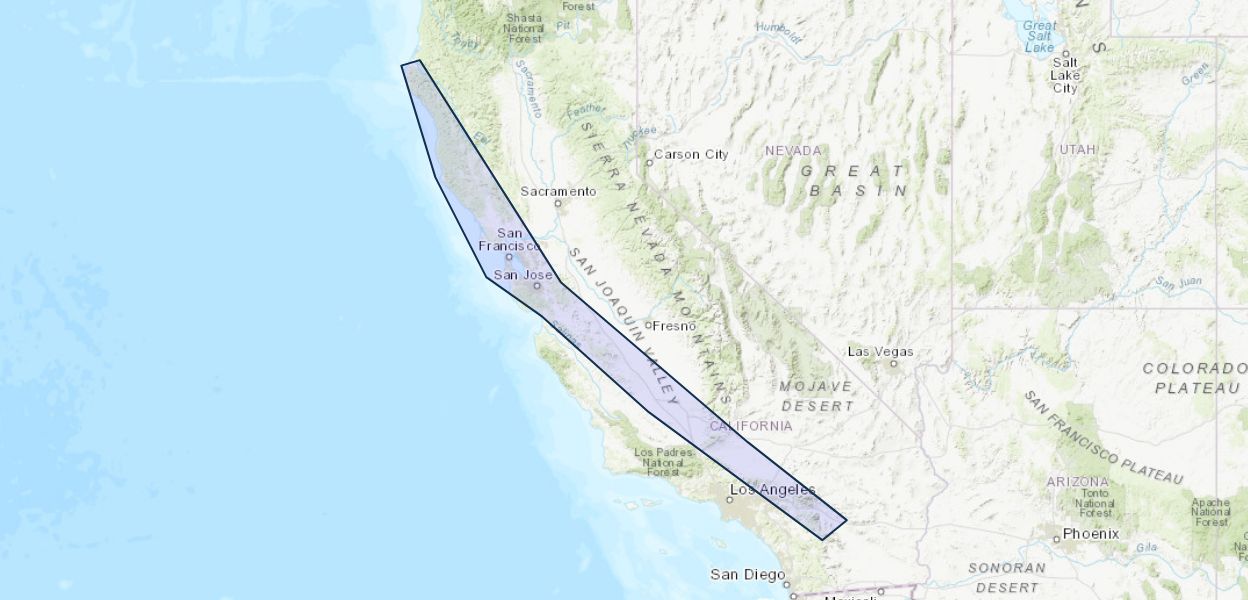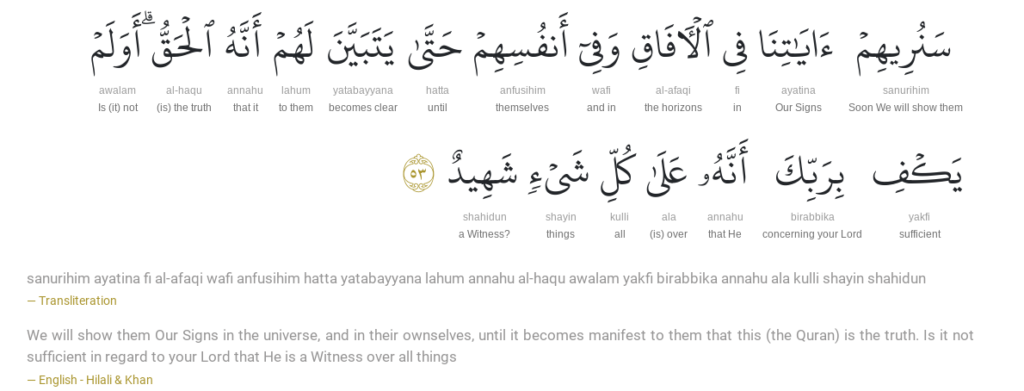SURAH AT TAARIQ (THE MORNING STAR): AYAT 12 (QURAN 86:12)

Beneath the serene landscapes and bustling cities lies a dynamic, fractured world not just metaphorically but physically. The Earth’s crust, far from being a seamless shell, is etched with immense fault lines—vast cracks that stretch across continents and oceans. These geological fissures are the result of relentless tectonic forces, where massive plates grind, collide, and drift apart over millennia.
Each fault line marks a boundary of tension and transformation. Some, like the San Andreas Fault, are notorious for their seismic volatility, while others quietly shape mountain ranges and ocean trenches.
To understand how these fractures form and evolve, you can explore the basics of plate tectonics and the mechanics of fault movement. For a visual dive into global fault systems, the USGS Fault Map offers a striking overview.
The exact total number of fault lines on Earth is difficult to pinpoint due to the complexity and scale of geological mapping. However, scientists have identified thousands of active fault zones across the globe, many of which are cataloged in national and international seismic databases.
- The U.S. Geological Survey (USGS) maintains a detailed Quaternary Fault and Fold Database for the United States, listing hundreds of faults with evidence of seismic activity over the past 1.6 million years.
- Globally, the Global Earthquake Model Foundation (GEM) aggregates fault data from multiple countries into a unified dataset. Their Global Active Fault Viewer provides interactive access to thousands of mapped fault lines worldwide.
- A curated List of Fault Zones on Wikipedia highlights major fault systems known for geological importance or seismic activity, though it does not attempt to list every fault.

While no single source offers a definitive count, these resources collectively suggest that Earth’s crust is fractured by tens of thousands of faults, ranging from minor cracks to massive plate boundaries like the San Andreas Fault and the Alpine Fault.
One of the key verses of Surah At-Tariq:
“And by the Earth which has cracks.” — Qur’an 86:12
The Arabic word used here is ṣ-ṣadʿ (صَّدْعِ), which translates to “crack” or “split.” This term is remarkably aligned with modern geological terminology describing faults—fractures in the Earth’s crust where tectonic plates move and cause earthquakes.
Modern geology confirms that the Earth’s crust is riddled with fault lines formed by tectonic forces. These faults are responsible for seismic activity and are mapped across the globe. The Qur’an’s mention of such cracks is revealed centuries before the discovery of plate tectonics.
In Surah Fussilat (Quran 41:53) – Allah (swt) says: We will show them Our signs in the universe and within themselves until it becomes clear to them that this ˹Quran˺ is the truth. Is it not enough that your Lord is a Witness over all things?

